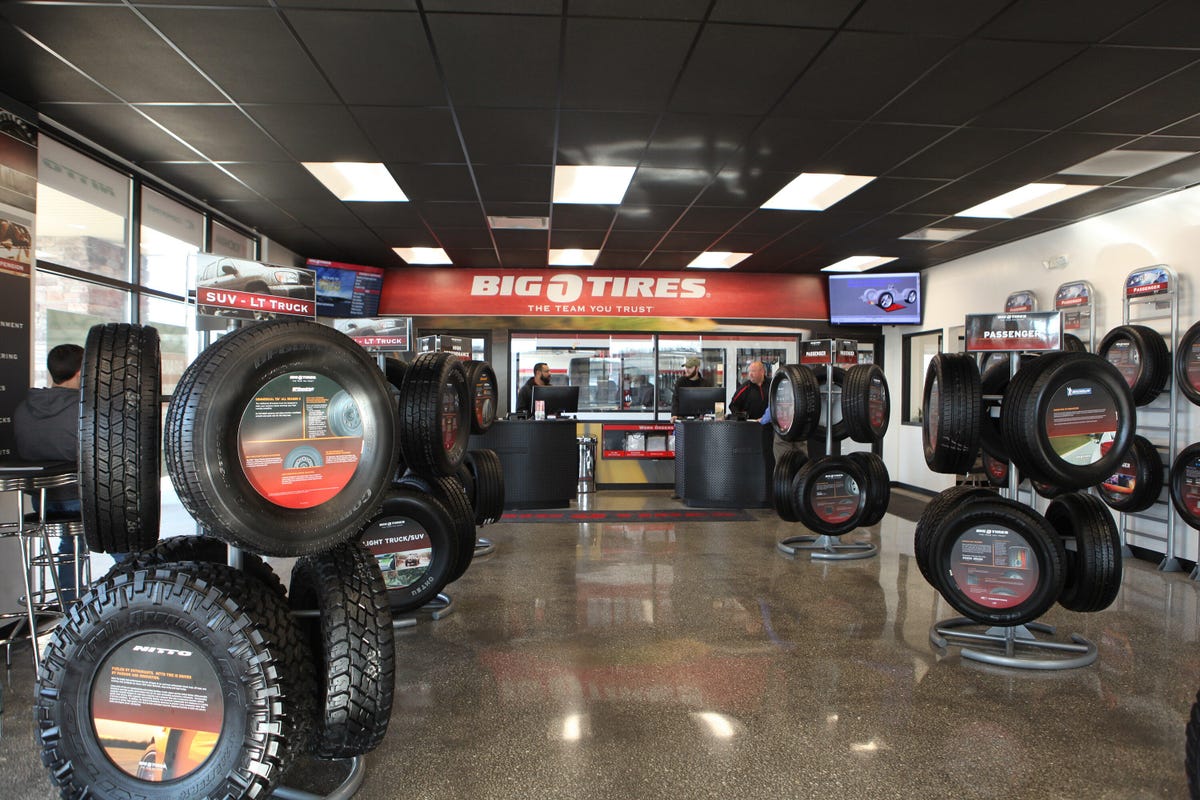Trust Fund Morris Tire and Alignment for Specialist Service and Treatment
Wiki Article
Tire Solution: Recognizing Tire Pressure Tracking Solutions
Recognizing Tire Stress Tracking Equipments (TPMS) is an important facet of keeping optimum automobile efficiency and safety on the road. With advancements in automobile innovation, TPMS has actually come to be a standard feature in modern vehicles, providing real-time info on tire stress levels.
Relevance of TPMS
The relevance of Tire Stress Tracking Solutions (TPMS) hinges on their capability to enhance lorry safety and security and efficiency with real-time surveillance of tire pressure levels. Keeping the right tire pressure is important for guaranteeing optimal handling, stopping, and general safety of a lorry. TPMS provides vehicle drivers with instant feedback on any kind of overinflated or underinflated tires, permitting for prompt modifications to be made.
Components of TPMS
Making up various important aspects, a Tire Stress Surveillance System (TPMS) functions as an innovative safety function in contemporary lorries. The main elements of a TPMS consist of sensors, a control module, and a warning sign. Sensing units are typically located in the tire shutoff stem or affixed to the wheel setting up, where they measure tire pressure and transmit data to the control component. The control component procedures this details and triggers a warning if it identifies considerably low pressure in any of the tires. The warning sign, commonly a sign on the control panel, informs the vehicle driver to examine the affected tire or tires. Some progressed TPMS versions additionally present the real tire stress analyses for each and every tire, giving vehicle drivers with real-time information to make sure ideal tire performance and safety. By checking tire stress continuously, TPMS helps prevent accidents, lowers tire wear, and boosts fuel effectiveness, making it a crucial component for automobile safety and security and performance.
Kinds of TPMS

On the other hand, indirect TPMS relies upon the lorry's wheel speed sensors to keep an eye on tire pressure. This system spots underinflation by contrasting the rotational rates of the wheels. Indirect TPMS is much less expensive than straight TPMS, as it uses existing sensing units within the car.
While direct TPMS offers a lot more precise analyses, indirect TPMS is simpler in design and typically requires less maintenance. Both systems have their benefits and constraints, and the selection official website in between them often depends upon elements such as expense, automobile make, and personal preference. Understanding the distinctions in between these two kinds of TPMS can aid vehicle owners make notified decisions concerning tire maintenance and safety.
TPMS Upkeep Tips
Reliable upkeep of TPMS is crucial for making certain optimum efficiency and security of your vehicle. On a regular basis evaluating the TPMS sensing units for any kind of damages or rust is essential. Guarantee that the sensors are cost-free and tidy from debris that could hinder their performance. Furthermore, it is a good idea to check the sensing reference unit batteries occasionally and change them as needed to guarantee exact readings. Conduct routine checks on the tire pressure degrees and compare them with the TPMS readings to guarantee they correspond. If there are any type of disparities, recalibrate the system following the manufacturer's standards. Throughout tire rotation or replacement, make sure that the TPMS components are handled thoroughly to prevent any kind of potential damage. If the TPMS cautioning light brightens on the control panel, address the problem without delay by inspecting the tire stress and the total system for any faults. By sticking to these maintenance ideas, you can prolong the life expectancy of your TPMS and boost the safety of your driving experience.Advantages of Appropriate Tire Stress
Maintaining correct tire stress, as emphasized in TPMS Upkeep Tips, is important for enjoying the numerous advantages connected with optimum tire stress degrees. Among the key advantages of keeping the proper tire stress is enhanced gas efficiency. When tires are correctly inflated, there is less moving resistance, leading to far better gas economic situation. Additionally, appropriate tire stress makes sure even tire wear, prolonging the life expectancy of the tires and advertising much safer driving problems. With the best tire pressure, vehicles additionally have far better handling and traction, particularly in negative weather condition conditions. This can boost general driving performance and safety for the chauffeur and passengers. Preserving optimal tire stress can contribute to a smoother and more comfy trip by reducing vibrations and sound created by wikipedia reference underinflated tires. To conclude, the benefits of correct tire pressure exceed just tire long life; they include improved gas efficiency, enhanced safety, far better car efficiency, and general driving convenience.Final Thought
In conclusion, recognizing tire pressure monitoring systems (TPMS) is crucial for keeping optimum tire stress and making sure automobile safety and security. By recognizing the significance of TPMS, knowing with its components, knowing the various types available, adhering to appropriate upkeep tips, and understanding the advantages of maintaining appropriate tire stress, vehicle drivers can improve their driving experience and lengthen the life expectancy of their tires. Correct tire stress is key to risk-free and efficient automobile procedure.
Report this wiki page